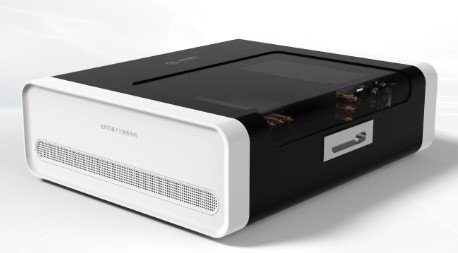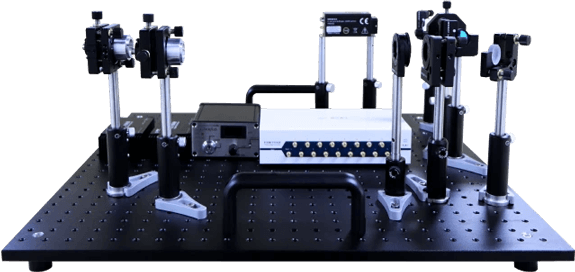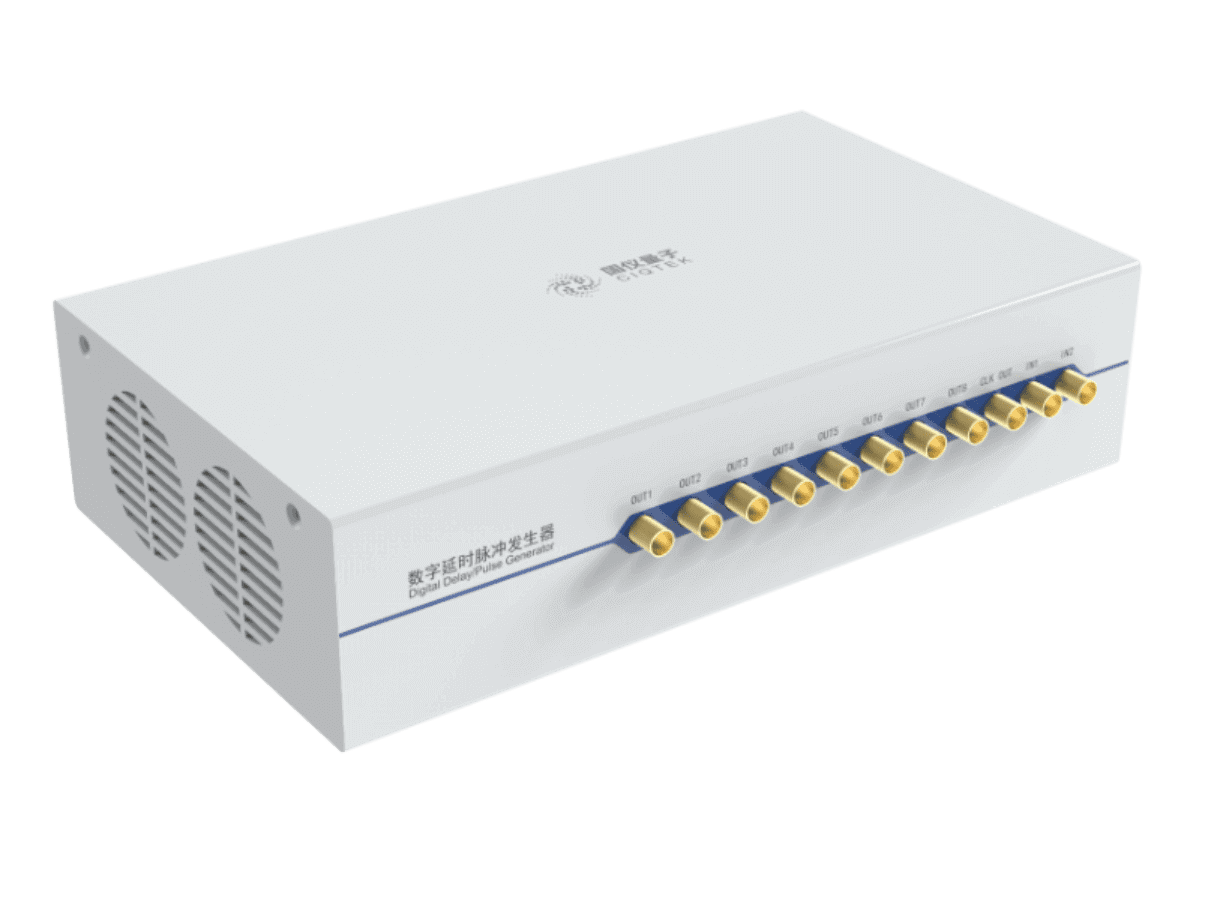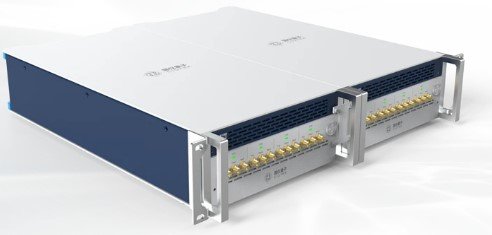CIQTEK Diamond Quantum Computer for Education is a teaching instrument based on the spin magnetic resonance of nitrogen-vacancy (NV) center in diamond. By controlling basic physical quantities such as optics, electricity and magnetism, it implements quantum manipulation and readout of NV center spins, which enables the demonstration of basic concepts of quantum computing, such as qubits, quantum gates and quantum algorithms.
The instrument works at room temperature (no need for a cryogenic environment), making the operating cost almost zero. The desktop design makes it easy to adapt to classrooms, laboratories, and other environments for conducting quantum mechanics and quantum computing experimental courses.
Professional Quantum Computing: Teaching Equipment
Modular Design: Rich Modes and Functions
Desktop Type: More Freedom
Low-cost Maintenance
Operating Conditions: Room Temperature
A True Quantum Computer
Diamond Quantum Computer for Education consists of a microwave module, optical module, power module, control and acquisition module. The rich hardware enables the instrument to support a variety of basic experiments related to quantum computing, as well as the development of additional teaching contents such as the quantum precise measurement and optically detected magnetic resonance (ODMR).
Instrument Calibration: Set up and adjust the instrument, get familiar with the principle of optically detected magnetic resonance, nitrogen-vacancy (NV) center in diamonds, microwave generation and pulse control.
Continuous Wave: Understand NV center qubit by measuring the optically detected magnetic resonance spectrum and get the resonance frequency for spin control.
Rabi Oscillation: The Rabi oscillation of NV center is measured, and get the microwave pulse length corresponding to the quantum logic gate.
Spin Echo: Spin echo is an effective technique used to suppress the coupling between the qubit and the environment, so as to prolong the coherence time.
T2 Measurement: T2 experiment shows the evolution of quantum superposition state and measures the decoherence time of NV center spin.
Dynamical Decoupling: The decoherence time is extended by designing the dynamical decoupling sequence to average out the coupling between the qubit and the environment.
D.J. Algorithm: A Deutsch-Jozsa quantum algorithm is realized on the NV center quantum processor.






